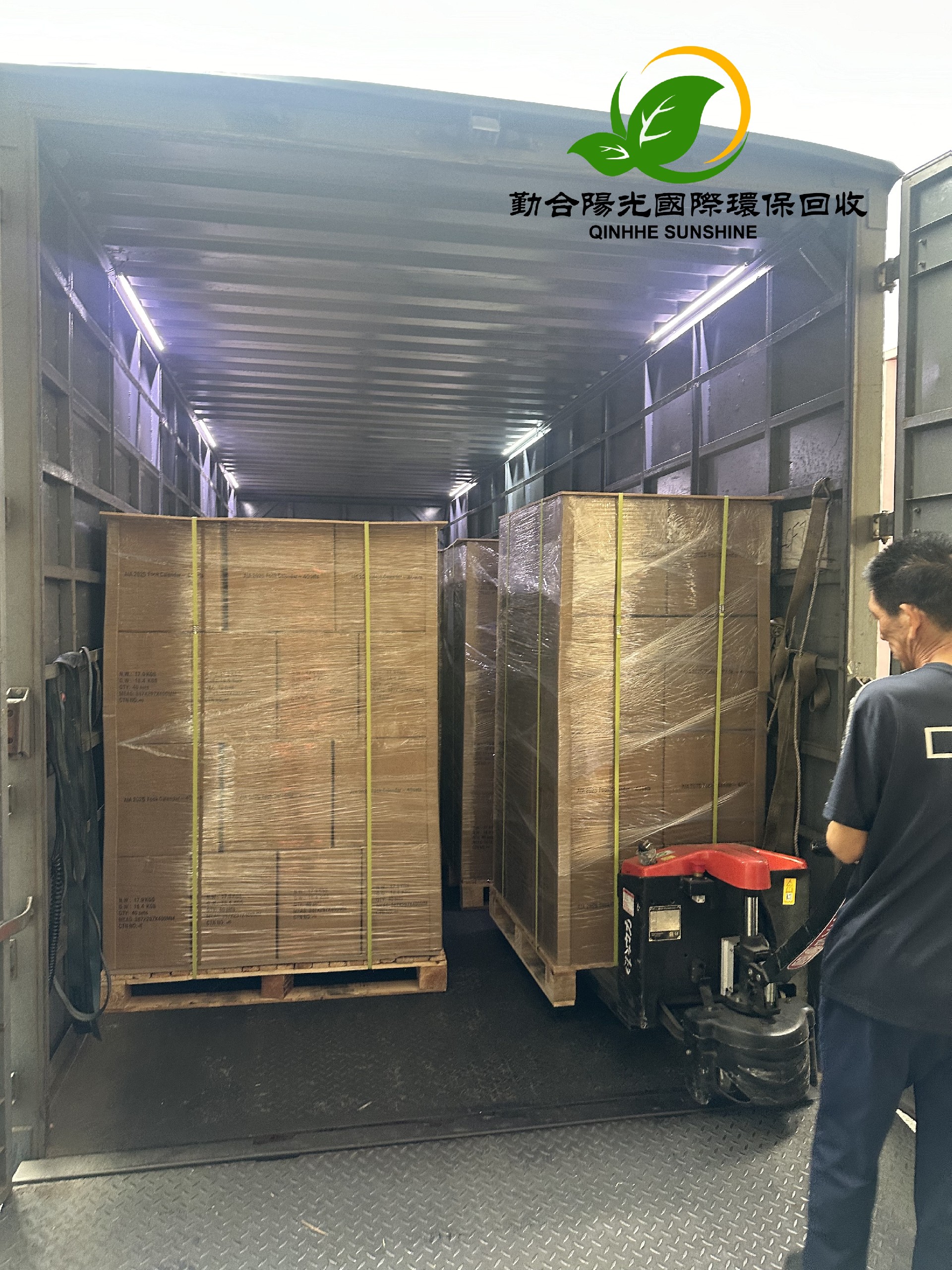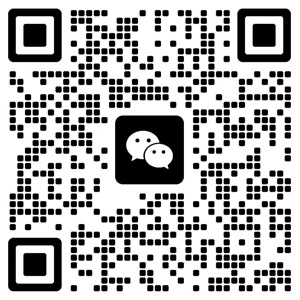PCB and Circuit Boards: The Cornerstones of the Electronic World
In the field of electronic engineering, PCB (Printed Circuit Board) and circuit boards are two closely related concepts, which form the basic structure of modern electronic devices. Although these two terms are often used interchangeably, there are clear distinctions between them.
A PCB is a special type of circuit board. It uses a printing process to form conductive patterns on an insulating substrate. This manufacturing process enables the PCB to achieve high-density wiring, meeting the requirements of miniaturization of modern electronic products. The core feature of a PCB is its precise printed circuits. These circuits are formed on a copper-clad laminate through an etching process and can be accurate to the micron level. A standard PCB is usually composed of multiple layers of conductive layers and insulating layers alternating with each other, and the layers are connected through vias. This structure greatly improves the flexibility of wiring and the circuit density.
A circuit board is a broader concept, generally referring to all substrates that carry electronic components and provide electrical connections. In addition to PCBs, circuit boards also include other types, such as the early point-to-point wiring boards and wire-wrapped boards. These traditional circuit boards use manual wiring methods. Although the manufacturing is simple, it is difficult to achieve the layout of complex circuits. Compared with PCBs, traditional circuit boards have a low wiring density and poor reliability, and cannot meet the requirements of modern electronic products.
In modern electronic manufacturing, the PCB has become the mainstream form of circuit boards. Its advantages are not only reflected in high-density wiring but also in good repeatability, consistency, and reliability. A modern PCB may contain dozens of layers of wiring, thousands of vias, and tens of thousands of component soldering points. Such complexity makes PCB design require the use of professional EDA (Electronic Design Automation) software and the compliance with strict manufacturing specifications.
The choice between a PCB and other types of circuit boards depends on the specific application scenarios. For fields with high-density and high-performance requirements, such as consumer electronics products and communication devices, the PCB is the only viable option. In some special occasions, such as high-frequency circuits or high-power devices, special forms of circuit boards may be required. With the development of technology, new types of circuit boards such as flexible PCBs and ceramic substrates are expanding the application boundaries of PCBs.
From manual wiring to precise printing, the evolution of circuit board technology reflects the development history of the electronics industry. As a representative of modern circuit boards, the PCB has not only changed the manufacturing method of electronic products but also promoted the progress of the entire information age. In the future, with the development of new technologies such as 5G and the Internet of Things, PCB technology will continue to evolve, providing support for smarter and more integrated electronic devices.
我的WhatsApp:69536972-郵箱:martin.hyq88@gmail.com香港回收销毁免费咨询热线:13377641657香港电话:00852-69536972,期待您的来电,共同开启环保与价值并存的新篇章!


 繁體中文
繁體中文 简体中文
简体中文 English
English




 咨询热线
咨询热线 公司邮箱
公司邮箱 地址导航
地址导航

